Key takeaways from Powell’s opening remarks:
With appropriate monetary policy, the job market will remain strong and inflation will stay near 2 percent over the next several years.
Risk of the economy unexpectedly weakening as roughly balanced with the possibility of the economy growing faster than we currently anticipate.
The best way forward is to keep gradually raising the federal funds rate.
Here are the full remarks:
Semiannual Monetary Policy Report to the Congress
Chairman Jerome H. Powell
Before the Committee on Banking, Housing, and Urban Affairs, U.S. Senate, Washington, D.C.
Good morning. Chairman Crapo, Ranking Member Brown, and other members of the Committee, I am happy to present the Federal Reserve’s semiannual Monetary Policy Report to the Congress.
Let me start by saying that my colleagues and I strongly support the goals the Congress has set for monetary policy–maximum employment and price stability. We also support clear and open communication about the policies we undertake to achieve these goals. We owe you, and the public in general, clear explanations of what we are doing and why we are doing it. Monetary policy affects everyone and should be a mystery to no one. For the past three years, we have been gradually returning interest rates and the Fed’s securities holdings to more normal levels as the economy strengthens. We believe this is the best way we can help set conditions in which Americans who want a job can find one, and in which inflation remains low and stable.
I will review the current economic situation and outlook and then turn to monetary policy.
Current Economic Situation and Outlook
Since I last testified here in February, the job market has continued to strengthen and inflation has moved up. In the most recent data, inflation was a little above 2 percent, the level that the Federal Open Market Committee, or FOMC, thinks will best achieve our price stability and employment objectives over the longer run. The latest figure was boosted by a significant increase in gasoline and other energy prices.
An average of 215,000 net new jobs were created each month in the first half of this year. That number is somewhat higher than the monthly average for 2017. It is also a good deal higher than the average number of people who enter the work force each month on net. The unemployment rate edged down 0.1 percentage point over the first half of the year to 4.0 percent in June, near the lowest level of the past two decades. In addition, the share of the population that either has a job or has looked for one in the past month–the labor force participation rate–has not changed much since late 2013. This development is another sign of labor market strength. Part of what has kept the participation rate stable is that more working-age people have started looking for a job, which has helped make up for the large number of baby boomers who are retiring and leaving the labor force.
Another piece of good news is that the robust conditions in the labor market are being felt by many different groups. For example, the unemployment rates for African Americans and Hispanics have fallen sharply over the past few years and are now near their lowest levels since the Bureau of Labor Statistics began reporting data for these groups in 1972. Groups with higher unemployment rates have tended to benefit the most as the job market has strengthened. But jobless rates for these groups are still higher than those for whites. And while three-fourths of whites responded in a recent Federal Reserve survey that they were doing at least okay financially in 2017, only two-thirds of African Americans and Hispanics responded that way.
Incoming data show that, alongside the strong job market, the U.S. economy has grown at a solid pace so far this year. The value of goods and services produced in the economy–or gross domestic product–rose at a moderate annual rate of 2 percent in the first quarter after adjusting for inflation. However, the latest data suggest that economic growth in the second quarter was considerably stronger than in the first. The solid pace of growth so far this year is based on several factors. Robust job gains, rising after-tax incomes, and optimism among households have lifted consumer spending in recent months. Investment by businesses has continued to grow at a healthy rate. Good economic performance in other countries has supported U.S. exports and manufacturing. And while housing construction has not increased this year, it is up noticeably from where it stood a few years ago.
I will turn now to inflation. After several years in which inflation ran below our 2 percent objective, the recent data are encouraging. The price index for personal consumption expenditures, which is an overall measure of prices paid by consumers, increased 2.3 percent over the 12 months ending in May. That number is up from 1.5 percent a year ago. Overall inflation increased partly because of higher oil prices, which caused a sharp rise in gasoline and other energy prices paid by consumers. Because energy prices move up and down a great deal, we also look at core inflation. Core inflation excludes energy and food prices and generally is a better indicator of future overall inflation. Core inflation was 2.0 percent for the 12 months ending in May, compared with 1.5 percent a year ago. We will continue to keep a close eye on inflation with the goal of keeping it near 2 percent.
Looking ahead, my colleagues on the FOMC and I expect that, with appropriate monetary policy, the job market will remain strong and inflation will stay near 2 percent over the next several years. This judgment reflects several factors. First, interest rates, and financial conditions more broadly, remain favorable to growth. Second, our financial system is much stronger than before the crisis and is in a good position to meet the credit needs of households and businesses. Third, federal tax and spending policies likely will continue to support the expansion. And, fourth, the outlook for economic growth abroad remains solid despite greater uncertainties in several parts of the world. What I have just described is what we see as the most likely path for the economy. Of course, the economic outcomes we experience often turn out to be a good deal stronger or weaker than our best forecast. For example, it is difficult to predict the ultimate outcome of current discussions over trade policy as well as the size and timing of the economic effects of the recent changes in fiscal policy. Overall, we see the risk of the economy unexpectedly weakening as roughly balanced with the possibility of the economy growing faster than we currently anticipate.
Monetary Policy
Over the first half of 2018 the FOMC has continued to gradually reduce monetary policy accommodation. In other words, we have continued to dial back the extra boost that was needed to help the economy recover from the financial crisis and recession. Specifically, we raised the target range for the federal funds rate by 1/4 percentage point at both our March and June meetings, bringing the target to its current range of 1-3/4 to 2 percent. In addition, last October we started gradually reducing the Federal Reserve’s holdings of Treasury and mortgage-backed securities. That process has been running smoothly. Our policies reflect the strong performance of the economy and are intended to help make sure that this trend continues. The payment of interest on balances held by banks in their accounts at the Federal Reserve has played a key role in carrying out these policies, as the current Monetary Policy Report explains. Payment of interest on these balances is our principal tool for keeping the federal funds rate in the FOMC’s target range. This tool has made it possible for us to gradually return interest rates to a more normal level without disrupting financial markets and the economy.
As I mentioned, after many years of running below our longer-run objective of 2 percent, inflation has recently moved close to that level. Our challenge will be to keep it there. Many factors affect inflation–some temporary and others longer lasting. Inflation will at times be above 2 percent and at other times below. We say that the 2 percent objective is “symmetric” because the FOMC would be concerned if inflation were running persistently above or below our objective.
The unemployment rate is low and expected to fall further. Americans who want jobs have a good chance of finding them. Moreover, wages are growing a little faster than they did a few years ago. That said, they still are not rising as fast as in the years before the crisis. One explanation could be that productivity growth has been low in recent years. On a brighter note, moderate wage growth also tells us that that the job market is not causing high inflation.
With a strong job market, inflation close to our objective, and the risks to the outlook roughly balanced, the FOMC believes that–for now–the best way forward is to keep gradually raising the federal funds rate. We are aware that, on the one hand, raising interest rates too slowly may lead to high inflation or financial market excesses. On the other hand, if we raise rates too rapidly, the economy could weaken and inflation could run persistently below our objective. The Committee will continue to weigh a wide range of relevant information when deciding what monetary policy will be appropriate. As always, our actions will depend on the economic outlook, which may change as we receive new data.
For guideposts on appropriate policy, the FOMC routinely looks at monetary policy rules that recommend a level for the federal funds rate based on the current rates of inflation and unemployment. The July Monetary Policy Report gives an update on monetary policy rules and their role in our policy discussions. I continue to find these rules helpful, although using them requires careful judgment.
Thank you. I will now be happy to take your questions.




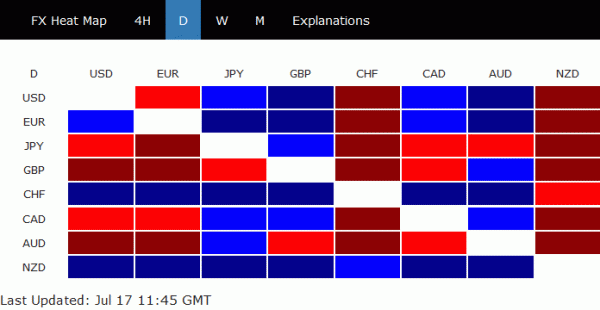
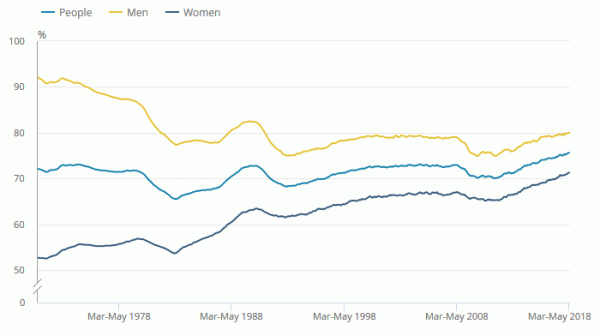

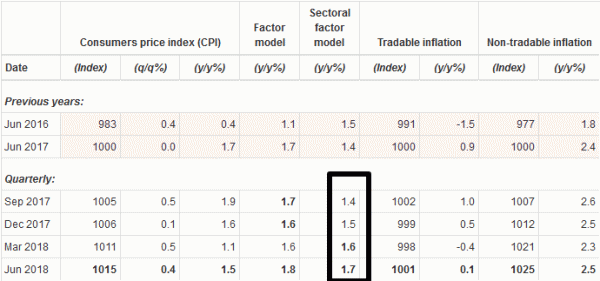
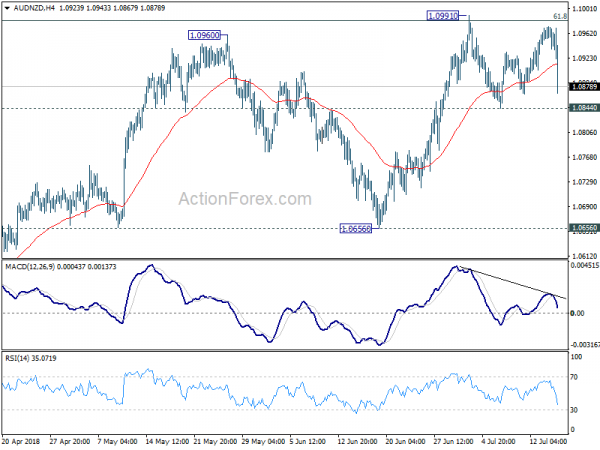
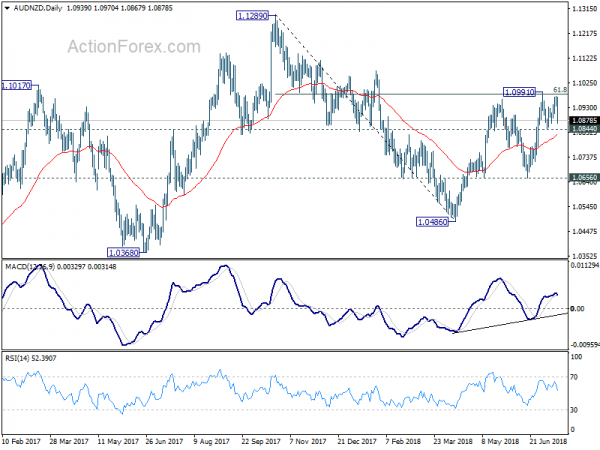
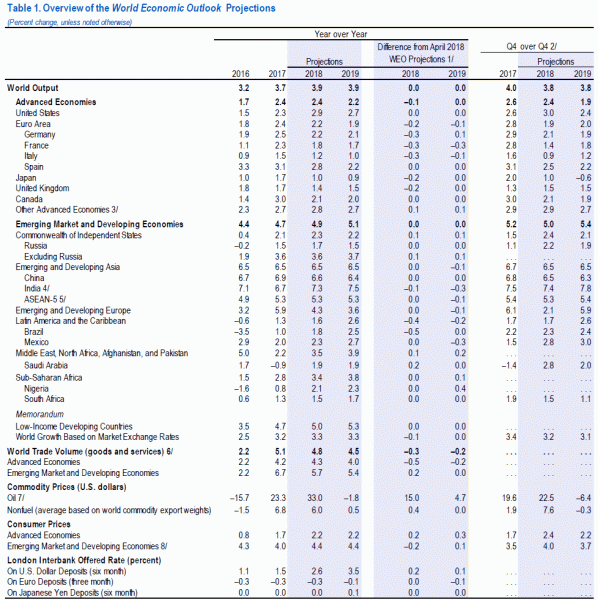
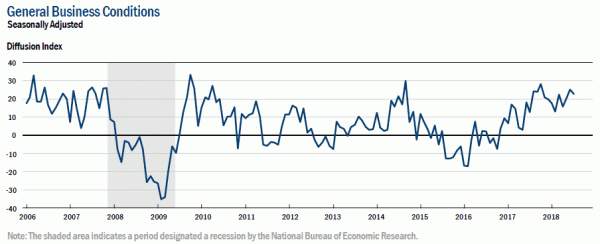
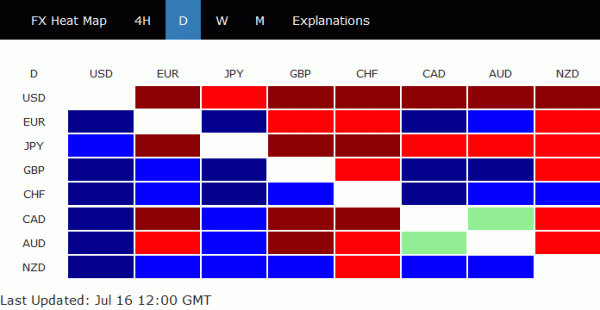

EU Juncker will visit Trump on July 25 for trade and economic partnership
According to a European Commission Statement, its president Jean-Claude Juncker will visit Trump in Washinton on July 25. The topics of discussion include foreign and security policy, counterterrorism, energy security, and economic growth, as well as trade and economic partnership.
Here is the full statement.
Statement on the visit of President Juncker to Washington
Brussels, 17 July 2018
President Jean-Claude Juncker will travel to Washington on 25 July 2018 where he will be received by President Donald J. Trump at the White House.
The two leaders will discuss the deep cooperation between the European Union and the United States government and institutions across a wide range of priorities, including foreign and security policy, counterterrorism, energy security, and economic growth.
President Juncker and President Trump will focus on improving transatlantic trade and forging a stronger economic partnership.